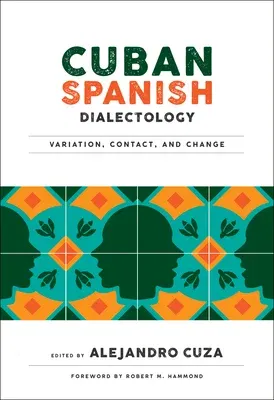Cuban Spanish Dialectology: Variation, Contact, and ChangePaperback, 15 November 2017

Qty
1
Turbo
Ships in 2 - 3 days
In Stock
Free Delivery
Cash on Delivery
15 Days
Free Returns
Secure Checkout

Part of Series
Georgetown Studies in Spanish Linguistics
Print Length
336 pages
Language
English
Publisher
Georgetown University Press
Date Published
15 Nov 2017
ISBN-10
1626165106
ISBN-13
9781626165106
Description
Product Details
Book Format:
Paperback
Country of Origin:
US
Date Published:
15 November 2017
Dimensions:
22.61 x
15.24 x
1.52 cm
ISBN-10:
1626165106
ISBN-13:
9781626165106
Language:
English
Location:
Washington
Pages:
336
Publisher:
Weight:
453.59 gm